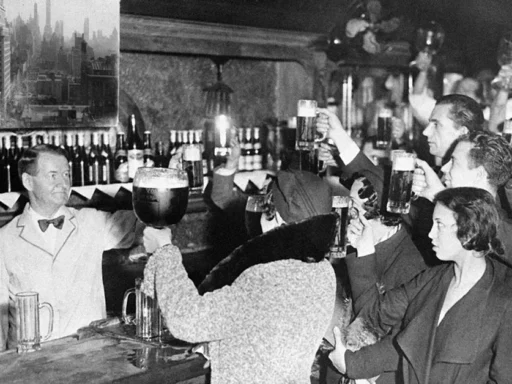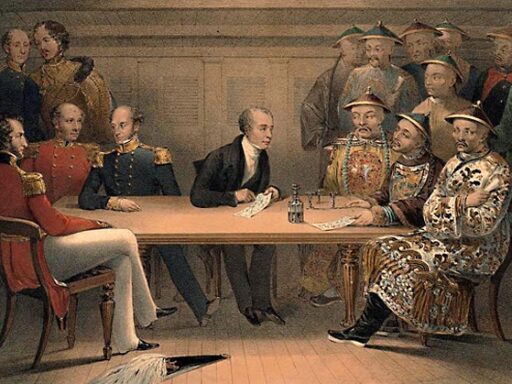The 213 area code holds a significant place in telecommunications history as one of the original 86 area codes established by AT&T and the Bell System in 1947. Initially, the 213 area code encompassed a vast region, covering all of Southern California as well as the metropolis of Los Angeles. This widespread coverage was evidence of the very low level of telephone use at the time, which compared sharply with the highly interconnected world we currently live in.
As the population and economic activity in Los Angeles began to surge, the demand for telephone numbers increased exponentially. It was clear by the early 1980s that the 213 area code could not support the growing demand for new lines. As a result, the 818 area code was created in 1984 to service the San Fernando Valley, marking the first significant change. This move was a precursor to a series of subsequent splits and overlays designed to manage the area’s rapid growth.
In 1991, another significant modification occurred with the introduction of the 310 area code, which took over the western and southern portions of the 213 area. This change was necessary to address the continuing demand for new numbers driven by the proliferation of mobile phones, pagers, and fax machines. Further adjustments ensued, including the introduction of the 323 area code in 1998, which took over much of the surrounding Los Angeles neighborhoods, relegating the 213 area code primarily to the downtown core.
Today, the 213 area code is synonymous with downtown Los Angeles, a bustling hub of business, culture, and innovation. Despite several enhancements over the decades, the 213 area code remains a symbol of Los Angeles’ historical and ongoing growth. Understanding the evolution of the 213 area code provides valuable insights into the region’s development and the ever-changing landscape of telecommunications.
The Modern-Day Relevance of the 213 Area Code
Today, the 213 area code remains an integral part of Los Angeles, predominantly serving the vibrant and bustling downtown area. This area code, which covers a significant portion of the city, is widely recognized as the center of Los Angeles’s cultural and business activities. Essential communities including Downtown LA, Westlake, and portions of Chinatown are included in the 213 area code’s geographic coverage; each adds uniquely to the city’s diverse fabric.
The 213 area code is home to numerous notable businesses and landmarks. Major corporations and startups alike choose this area for their headquarters, drawn by its historical significance and modern-day connectivity. Landmark structures such as the Walt Disney Concert Hall, the Los Angeles Convention Center, and the Staples Center are all situated within this area code, underscoring its importance in the city’s cultural and economic landscape.
For local businesses, the 213 area code offers several advantages. Its central location within Los Angeles ensures easy accessibility and connectivity, crucial for enterprises that rely on robust communication networks. This area code also carries a certain prestige, often associated with the dynamic and influential nature of downtown LA. Consequently, businesses within this region benefit from heightened visibility and a stronger local presence.
Don’t forget to read: The amazing Online market Zazzle: From Zazzle Business Cards to Promo Codes
Residents of the 213 area code experience a unique blend of urban living, characterized by a rich cultural milieu and a plethora of amenities. The area is known for its eclectic mix of dining, entertainment, and residential options, catering to a diverse demographic. The influence of the 213 area code extends beyond economics, also playing a pivotal role in shaping the cultural identity of Los Angeles.
Within the broader telecommunications landscape of the Pacific Time Zone, the 213 area code holds a strategic position. It aligns with the America/Los Angeles time zone, guaranteeing efficient communication and coordination throughout the West Coast. Businesses that operate in several time zones would especially benefit from this integration, which makes interactions and operations more efficient.
Conclusion
In essence, the 213 area code is more than just a numerical identifier; it is a vital component of Los Angeles’ infrastructure, supporting the city’s growth and dynamism while preserving its historical essence.






